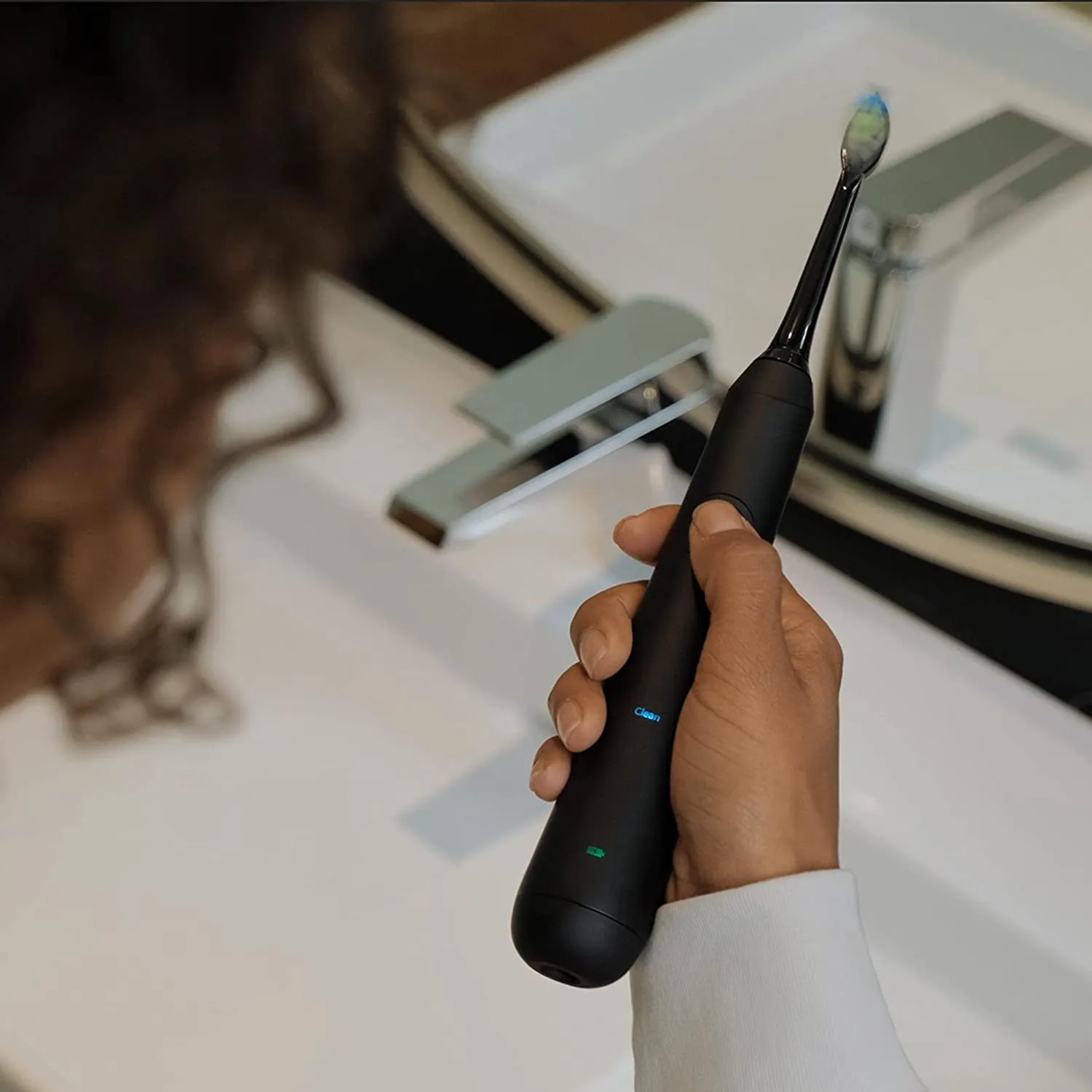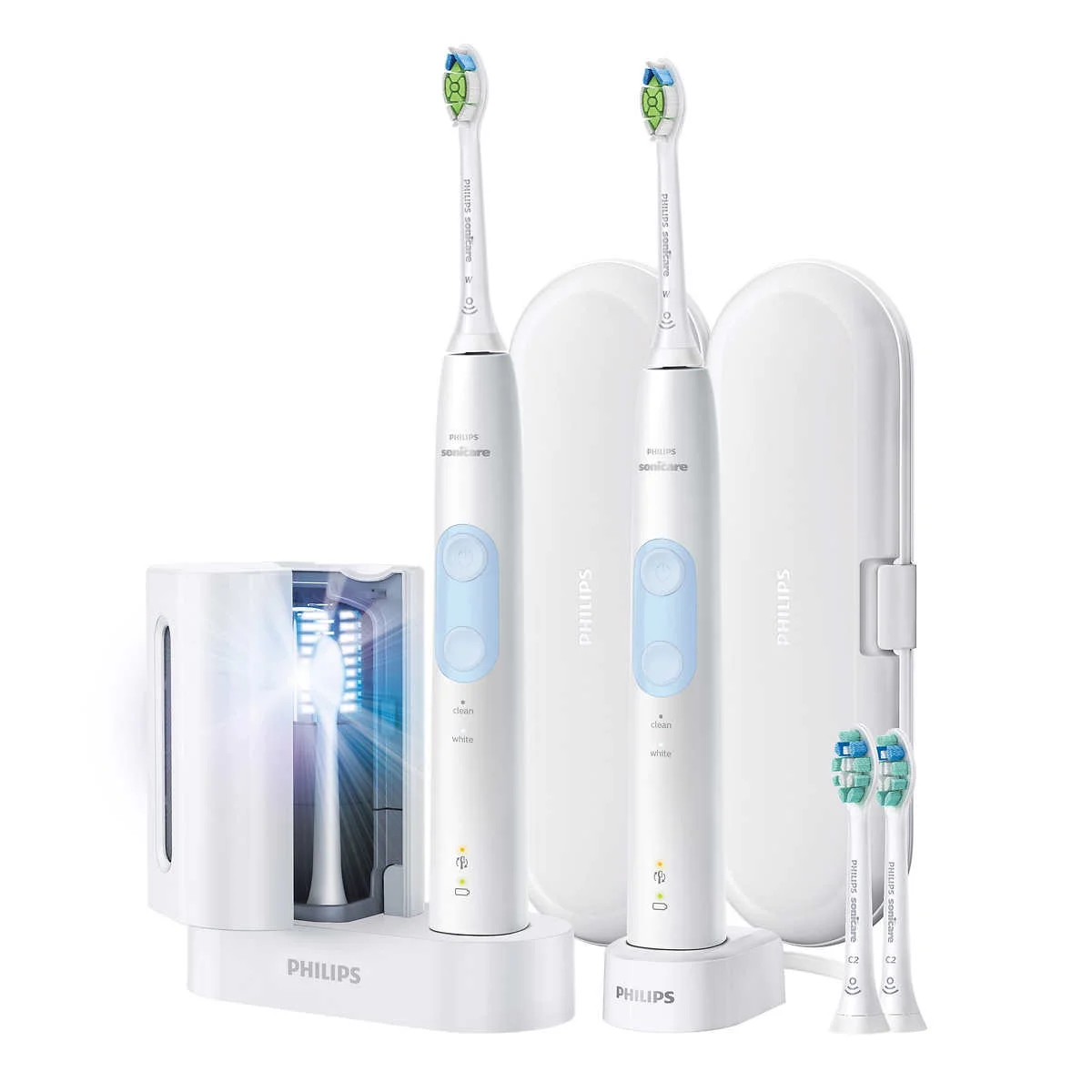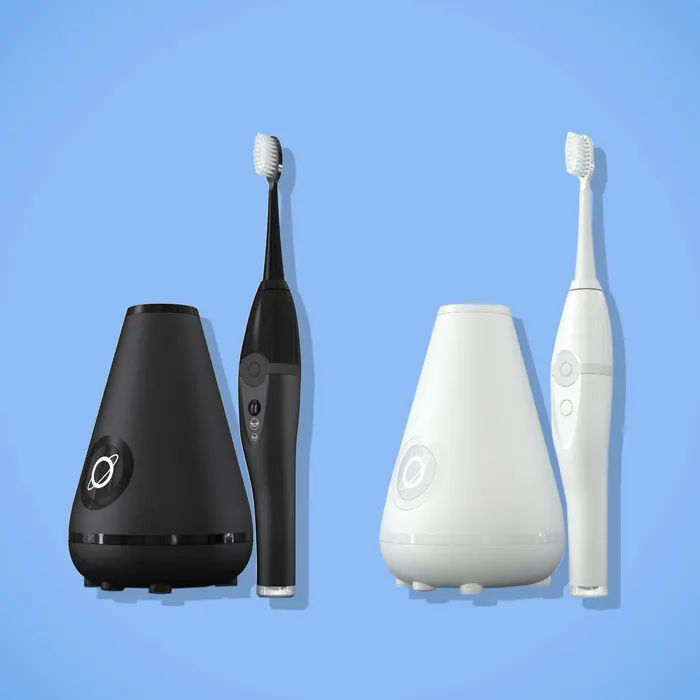Introduction to how to clean an electric toothbrush
How to clean an electric toothbrush? Maintaining your electric toothbrush is crucial for oral health. Proper care ensures the brush performs well and lasts longer. Here’s how to start. First, understand your toothbrush design. Identify the brush head, handle, and charging unit. Each part needs special attention. Read the manual for specific care tips. Next, gather the right tools for cleaning. You might need soft cloths, mild soap, and a toothpick. Always unplug the toothbrush before cleaning to ensure safety. Remember, gentle handling is key. Rough actions can damage your toothbrush. Keep it away from harsh chemicals. They can harm the brush and your health. After use, rinse the brush head under running water. Shake off excess water gently. Wipe the handle with a damp cloth. Once a week, do a deeper clean. We’ll explore that next. Stick to these basics, and you’re off to a good start!

Daily Cleaning Techniques
How to clean an electric toothbrush? Maintaining your electric toothbrush daily ensures optimal performance and hygiene. Here, we cover simple yet effective techniques.
After Each Use
To keep your electric toothbrush clean and ready for the next use, follow these steps:
- Rinse the Brush Head: Immediately after brushing, hold the brush head under running water for a few seconds. This removes toothpaste, debris, and bacteria.
- Shake Off Excess Water: Gently tap the handle against your palm to shake off excess water from the bristles.
- Wipe the Handle: Using a soft, damp cloth, clean the handle. Be sure to remove any residue or toothpaste splatters.
- Air Dry: Place the toothbrush upright in a holder that allows air to circulate around it. Avoid covering the brush or laying it flat which can lead to bacterial growth.
Ensure every family member has their own toothbrush head to prevent cross-contamination.
Deep Cleaning Frequency
Deep cleaning your electric toothbrush should occur at least once a week. It involves a more thorough process:
- Remove the Brush Head: Detach it from the handle to clean separately.
- Soak in Antibacterial Solution: Submerge the brush head in a mixture of water and mild antibacterial mouthwash for an hour. Rinse thoroughly afterwards.
- Clean the Handle and Base: Use a toothpick to gently remove any buildup in the crevices of the handle and charging base. Wipe down with soapy water, rinse, and dry.
Regular deep cleaning prevents the buildup of bacteria and prolongs the life of your electric toothbrush.
Weekly Maintenance Steps
In addition to daily cleaning, set a day each week for extra electric toothbrush care. This routine ups the hygiene factor and keeps performance high. Here’s a weekly run-through to keep everything in top shape:
- Brush Head Examination: Inspect the brush head. Look for worn bristles and signs of damage. Replace the head if it appears frayed or broken.
- Handle Cleaning: Take more time than usual to clean the handle. Pay close attention to buttons and grips where grime may build up.
- Charging Unit Check: Ensure the charging unit is free of dust and toothpaste residue. Use a damp cloth to wipe it down.
- Battery Life Test: Check the toothbrush’s power. If the charge doesn’t hold well, consider replacing the battery or the unit.
Adopt these weekly steps to your routine and your electric toothbrush will stay effective for longer. Clean well, replace parts as needed, and troubleshoot promptly for the best care.
Monthly Inspection and Maintenance
Conducting a monthly inspection and maintenance of your electric toothbrush ensures long-term efficiency and hygiene. Here’s a straightforward guide to help.
- Inspect All Parts: Start by examining each component of your electric toothbrush. Check the brush head, handle, and charging base for any wear or damage. If you notice any cracks or serious wear, it’s time for a replacement.
- Test Battery Performance: Assess the battery life and performance. An electric toothbrush that struggles to hold a charge might require a new battery.
- Deep Clean: Even with weekly cleaning, give your toothbrush a monthly deep clean. Use a vinegar solution (a mix of equal parts water and vinegar) to soak the brush head and handle briefly. This will help kill any lingering bacteria.
- Look for Leakage: Make sure there are no leaks in the charging unit or battery compartment. This could be a sign of serious issues and might mean you need a new toothbrush.
- Reassess Brush Head: Evaluate your brush head once more, even if it’s checked weekly. Change it if necessary to ensure optimal performance.
These steps will not only maintain your electric toothbrush but also extend its lifespan, saving you money and time in the long run.
 Troubleshooting Common Issues
Troubleshooting Common Issues
Even the best electric toothbrush may encounter some issues. Here’s how to fix common problems quickly and effectively.
- Toothbrush Not Charging: First, check if the socket and charger are working. Then, ensure the charging unit connects properly to the brush. If it still won’t charge, you might need a new battery or charger.
- Reduced Brushing Power: This usually occurs if the brush head is worn out or the battery is low. Replace the brush head or recharge the toothbrush. If problems persist, check the motor or contact customer support.
- Vibrations Feel Weaker: Make sure the electric toothbrush is fully charged. A low battery can weaken vibrations. If fully charged, the issue might be motor-related.
- Noise Changes: If your toothbrush starts making unusual noises, first clean all parts thoroughly. Buildup can cause strange sounds. If cleaned and the noise continues, the motor may be at fault.
- Stuck Buttons: Dirt and grime can cause buttons to stick. Clean around them carefully with a toothpick or soft brush. If they remain stuck, contact technical support for assistance.
By promptly addressing these common issues, you maintain your electric toothbrush’s performance and extend its life.
Replacing Parts: When and What
To ensure the best performance of your electric toothbrush, part replacement is key. Let’s dive into when and what parts you should replace.
- Brush Heads: These are the most frequently replaced part. Change every 3-4 months, or sooner if bristles are frayed. It’s crucial for effective cleaning.
- Batteries: If your toothbrush is battery-operated and rechargeable, consider a battery replacement if the charge does not last as long as it used to. This is typically after a couple of years.
- Charging Units: Should the charging stand show signs of wear or damage, it’s wise to replace it. Faulty units may fail to charge your toothbrush properly.
- Handles: Though they last longer, inspect your handle annually for any cracks or functionality issues. Replace if necessary to ensure hygiene and performance.
Remember, timely replacement of parts not only maintains optimal functionality but promotes good oral hygiene too.
 Best Practices for Longevity and Performance
Best Practices for Longevity and Performance
Achieving long-lasting performance from your electric toothbrush involves more than just routine cleaning. Here are the best practices to follow:
- Read the Manual: Understanding manufacturer recommendations can greatly extend your toothbrush’s life. Know the dos and don’ts for your specific model.
- Use Proper Technique: Brush gently to prevent damage to the brush head and handle. A light touch is effective for cleaning and conserves the motor.
- Store Correctly: Keep the electric toothbrush in a dry, cool place. Avoid storing it in damp bathrooms to reduce the risk of damage from moisture.
- Charge Appropriately: Do not overcharge the battery. Follow the recommended charging time to preserve battery health.
- Don’t Drop It: Handling your toothbrush with care prevents accidental drops that can damage the internal components.
- Use Quality Accessories: Employ recommended accessories like chargers and replacement heads to maintain compatibility and efficiency.
By adhering to these practices, you’ll ensure that your electric toothbrush stays in peak condition, offering the best in oral health care.

